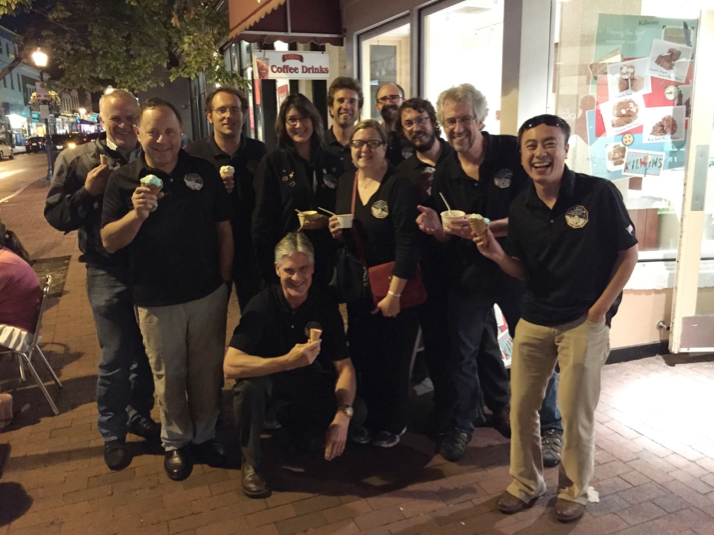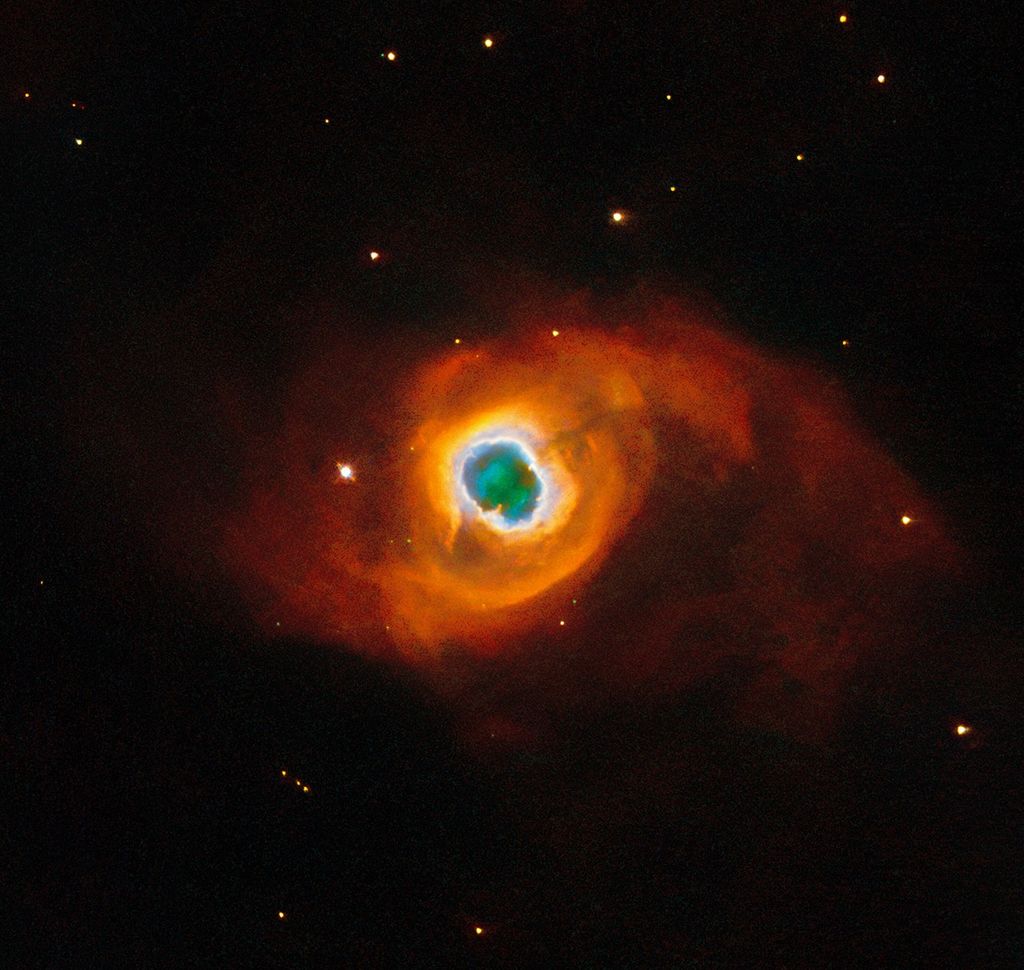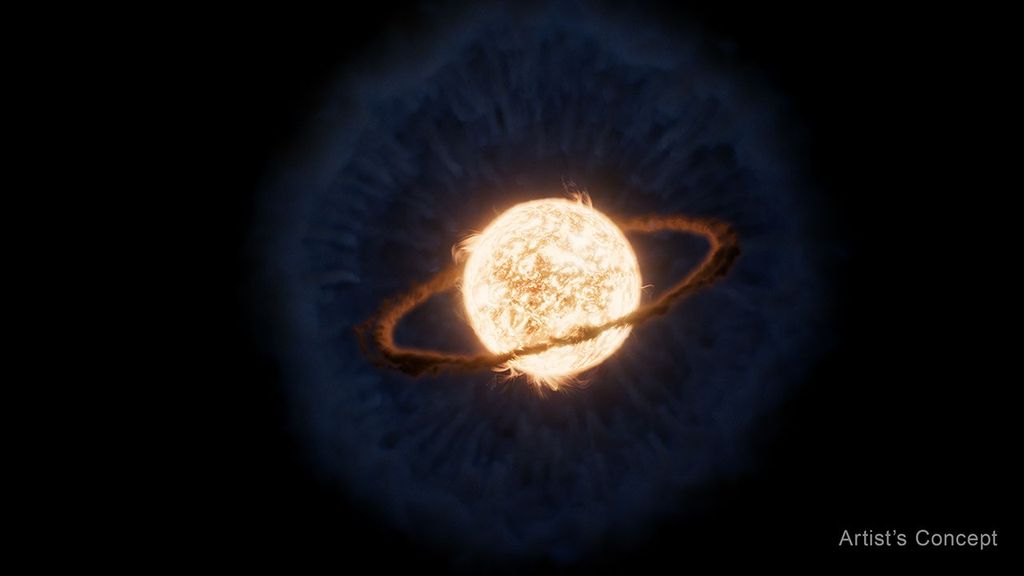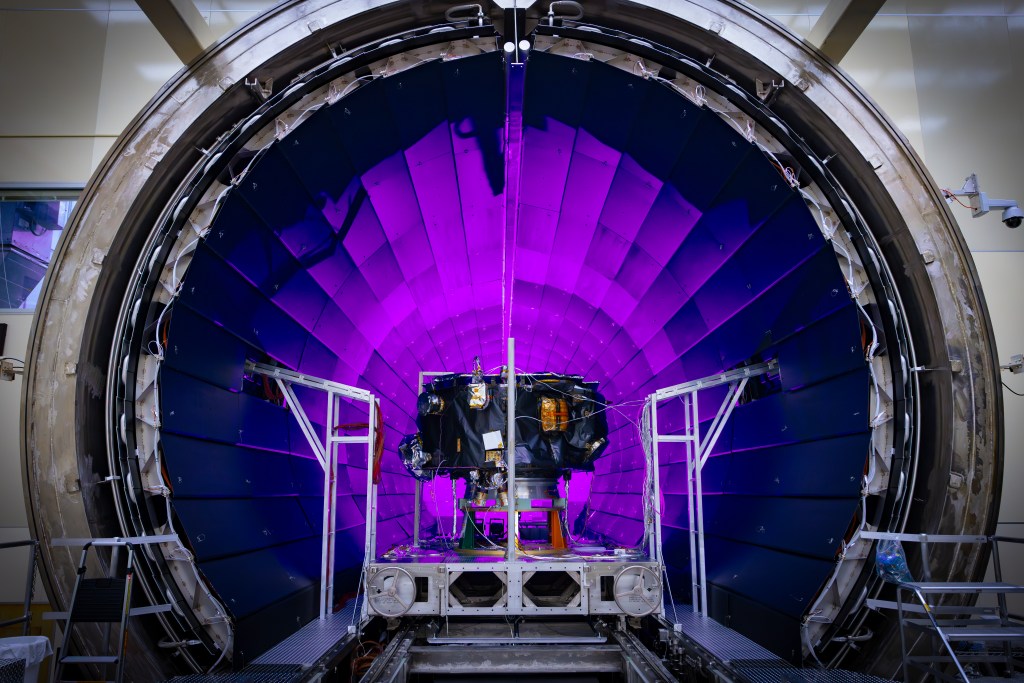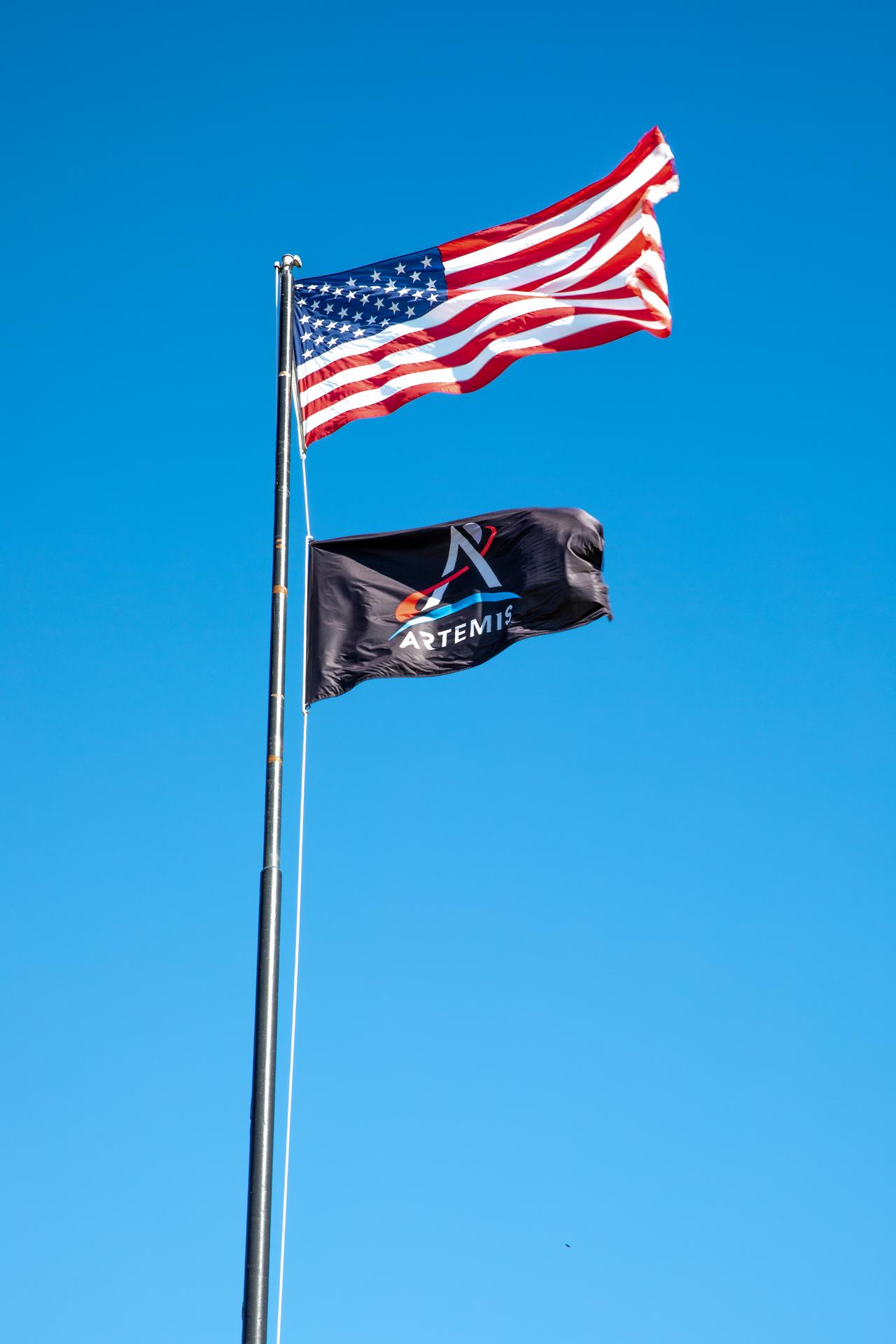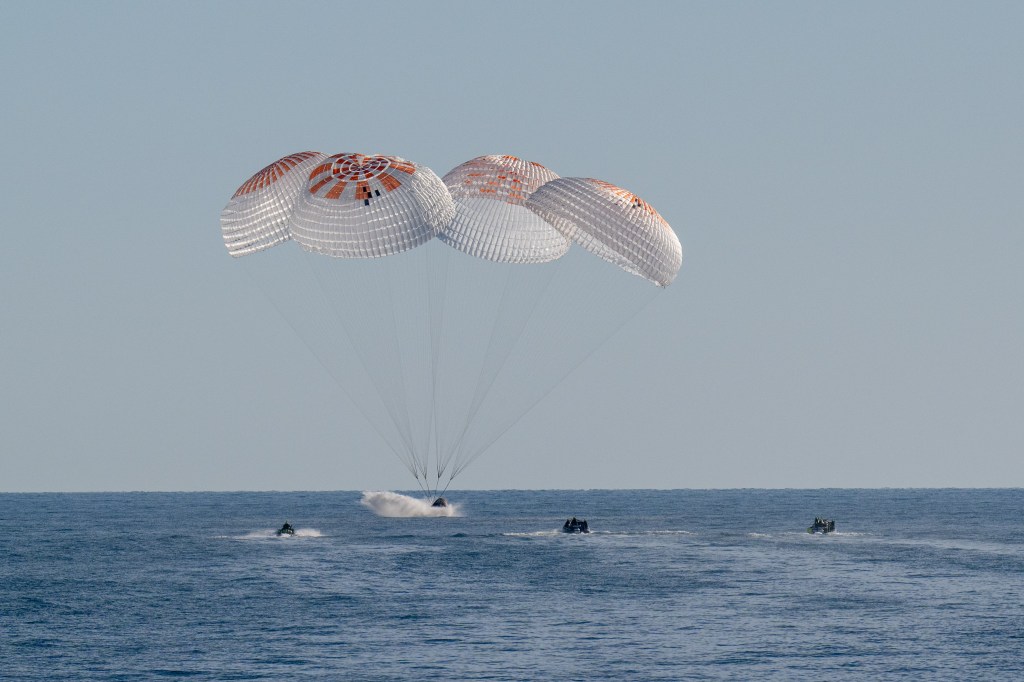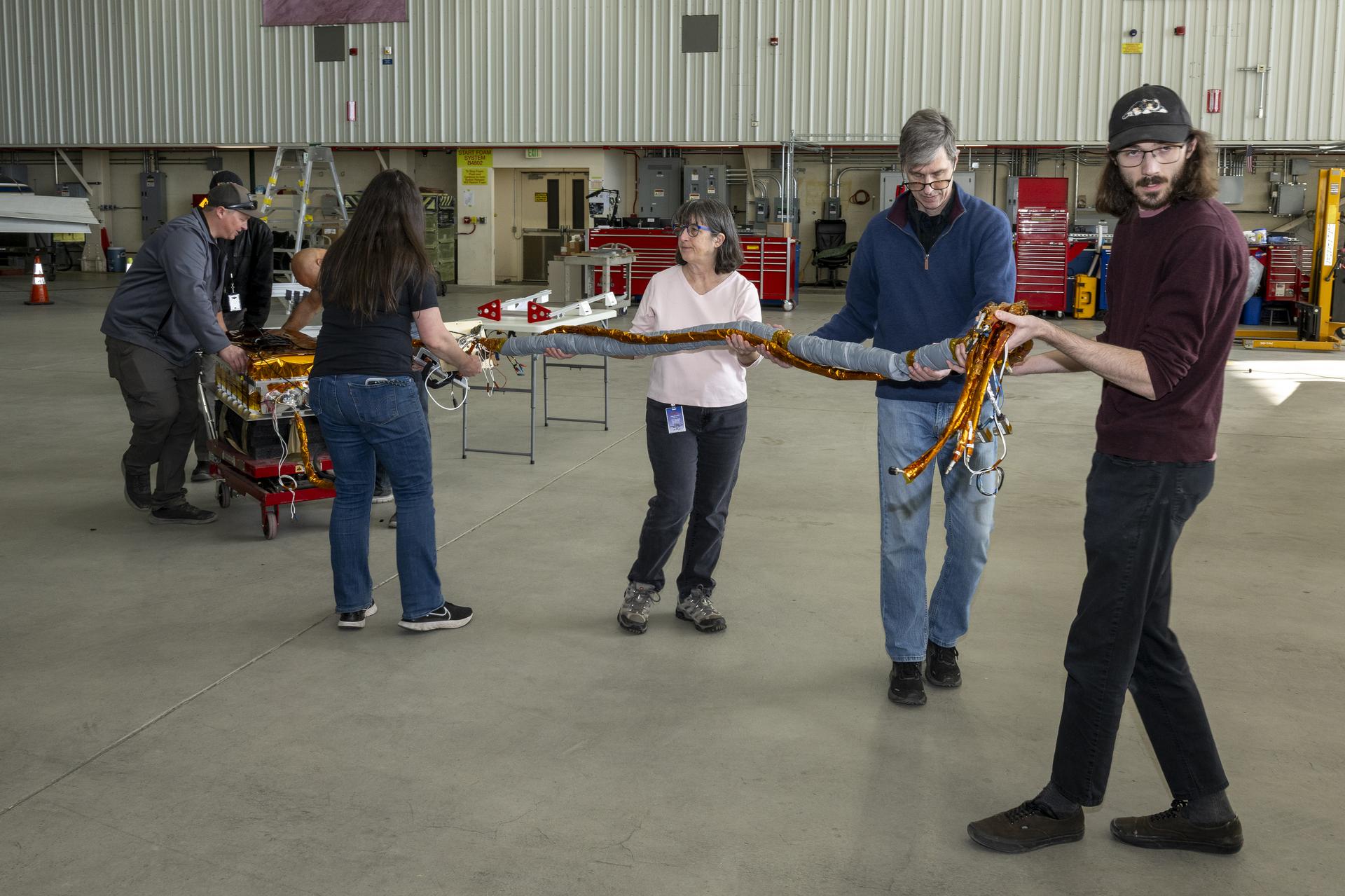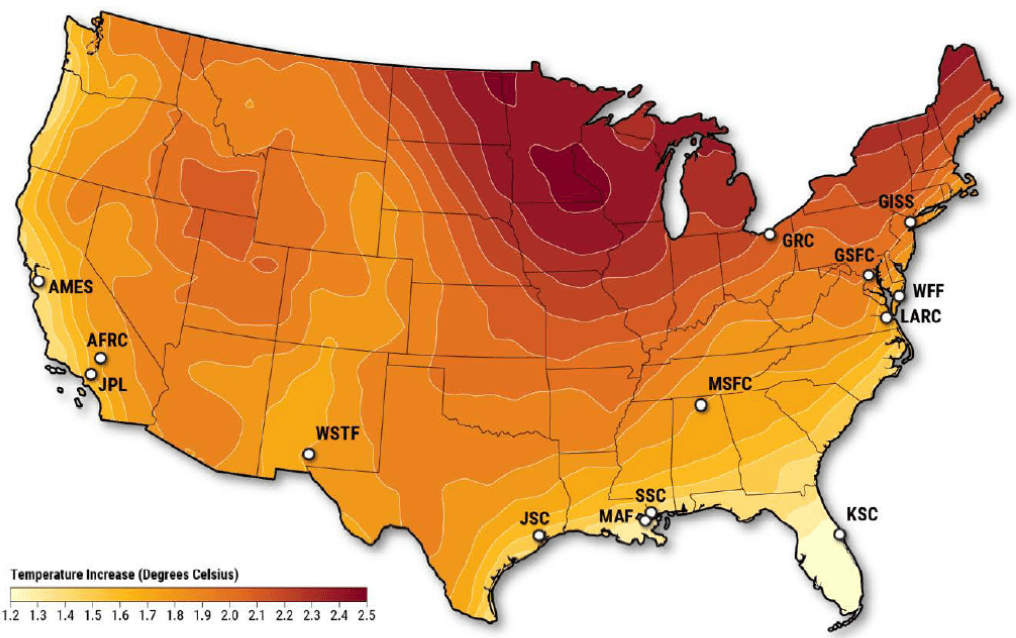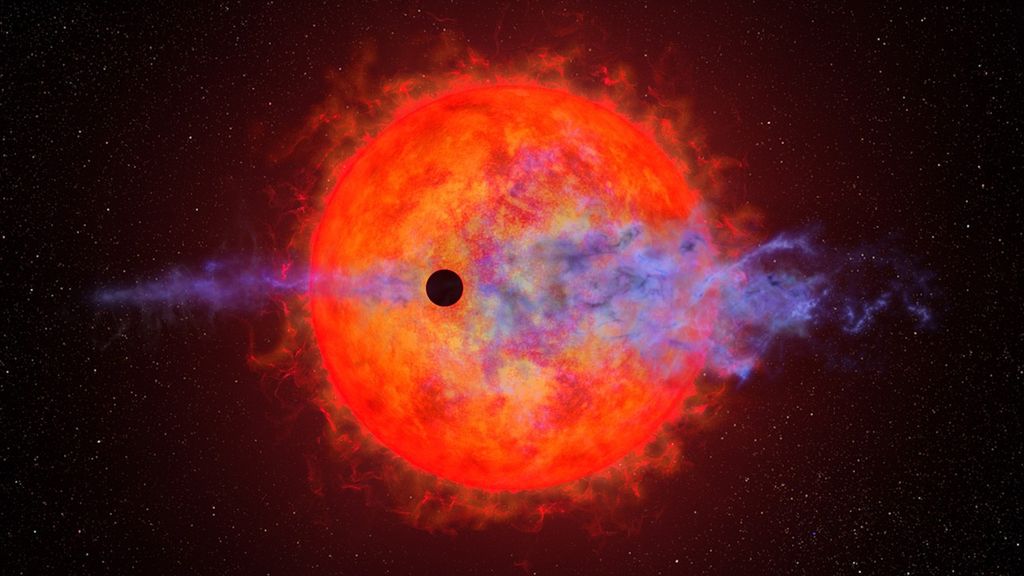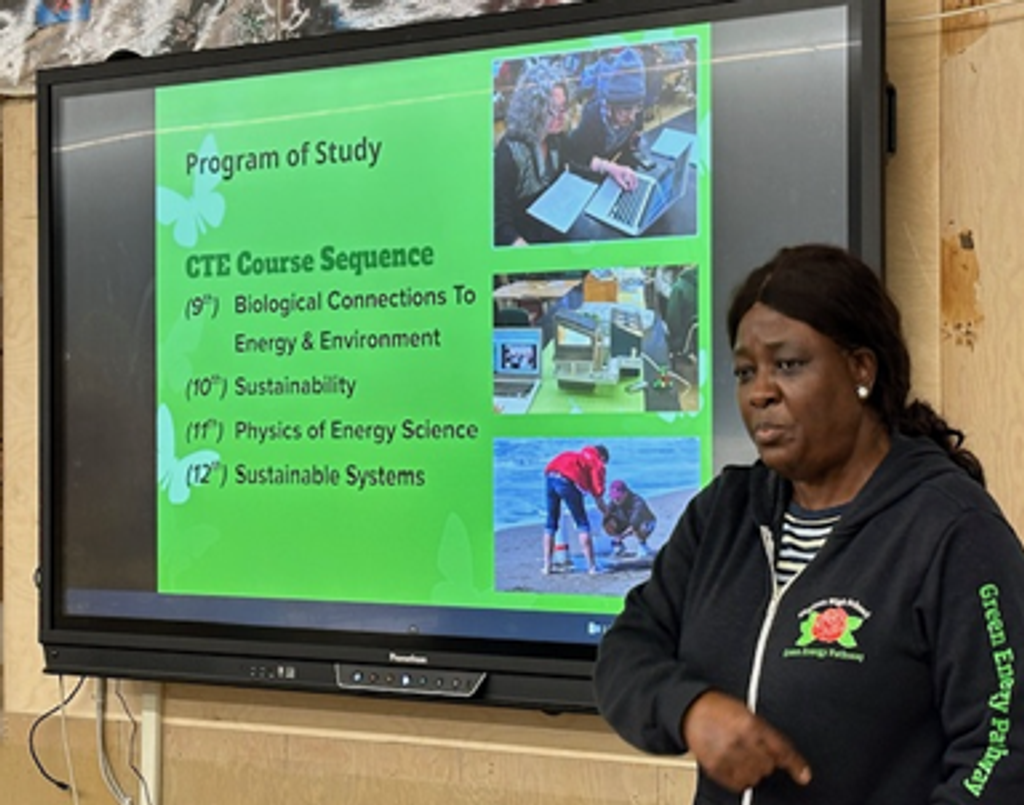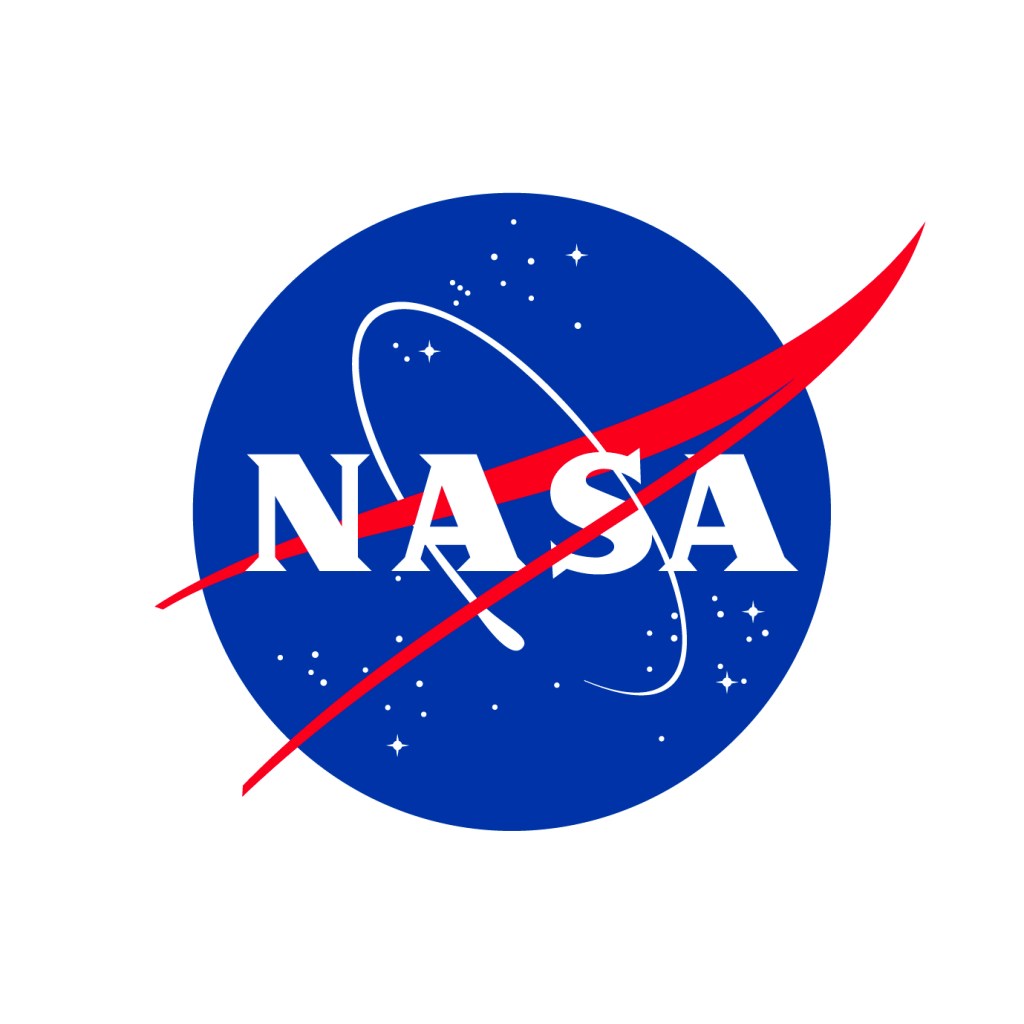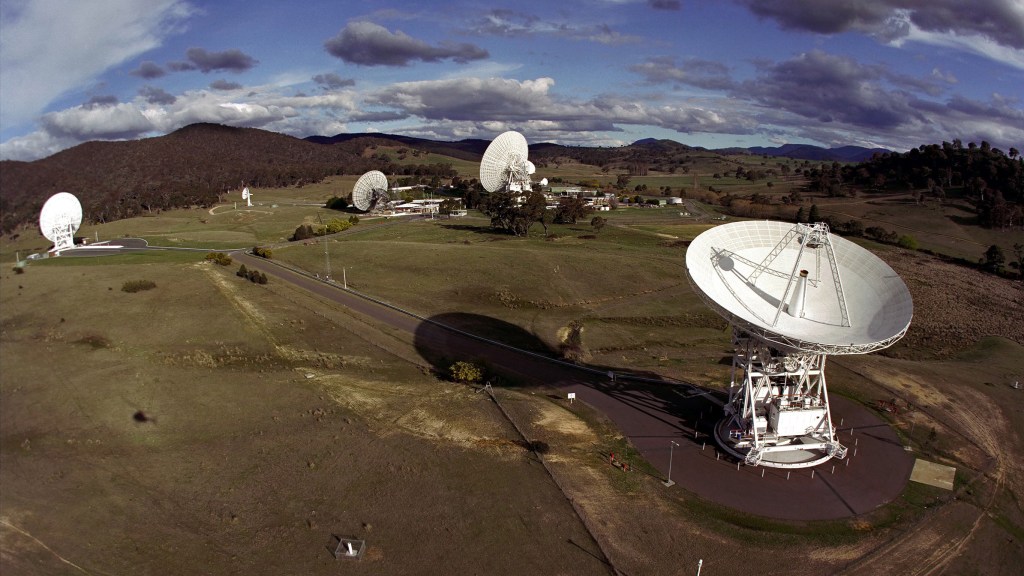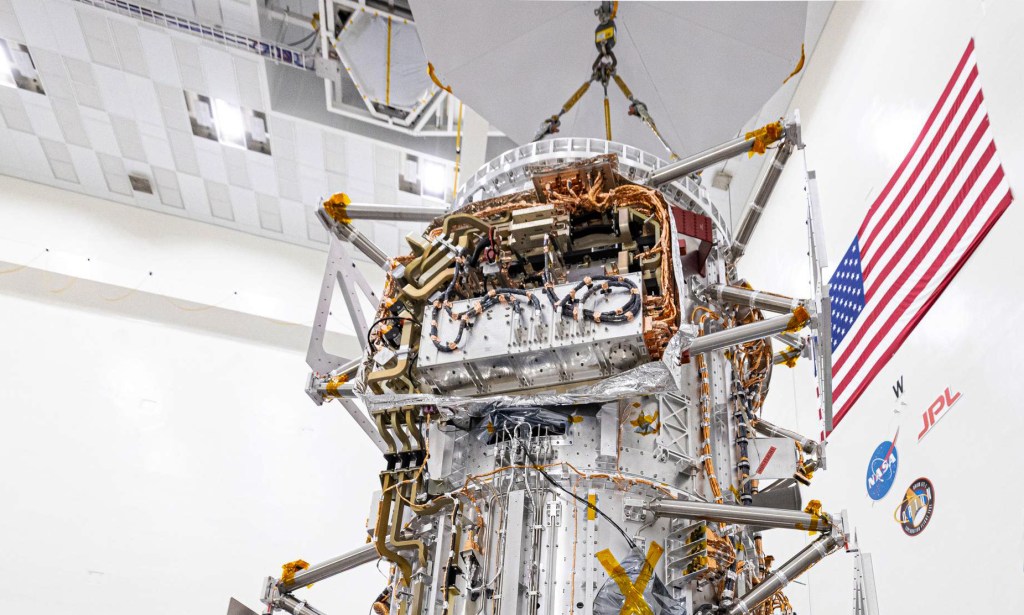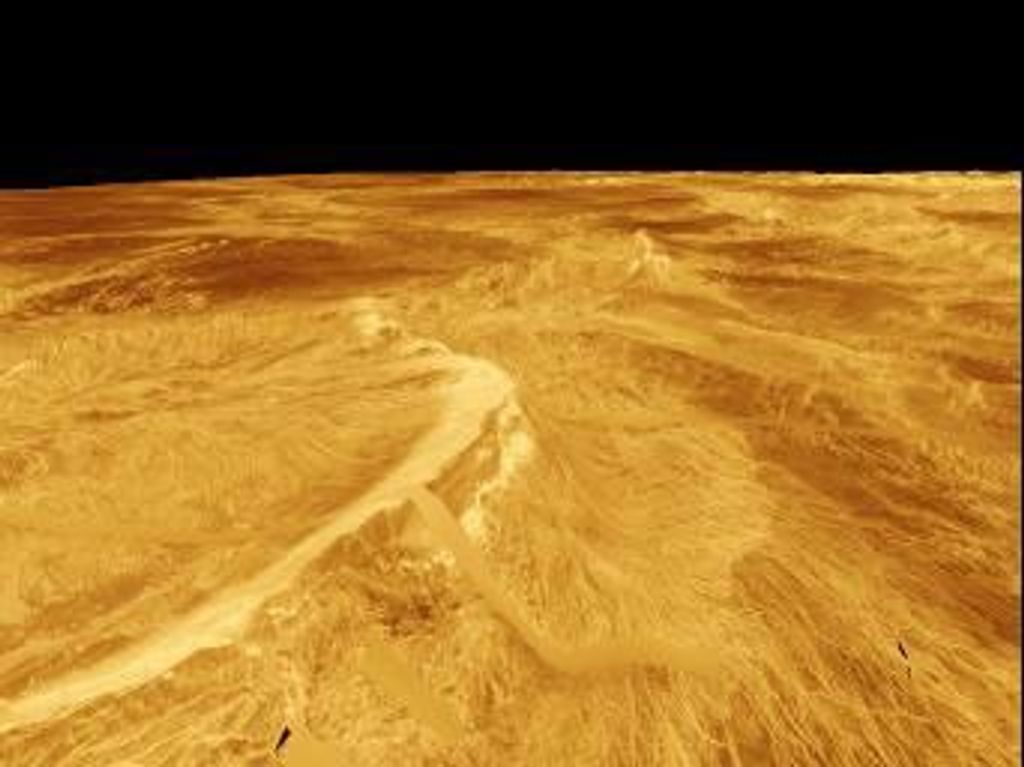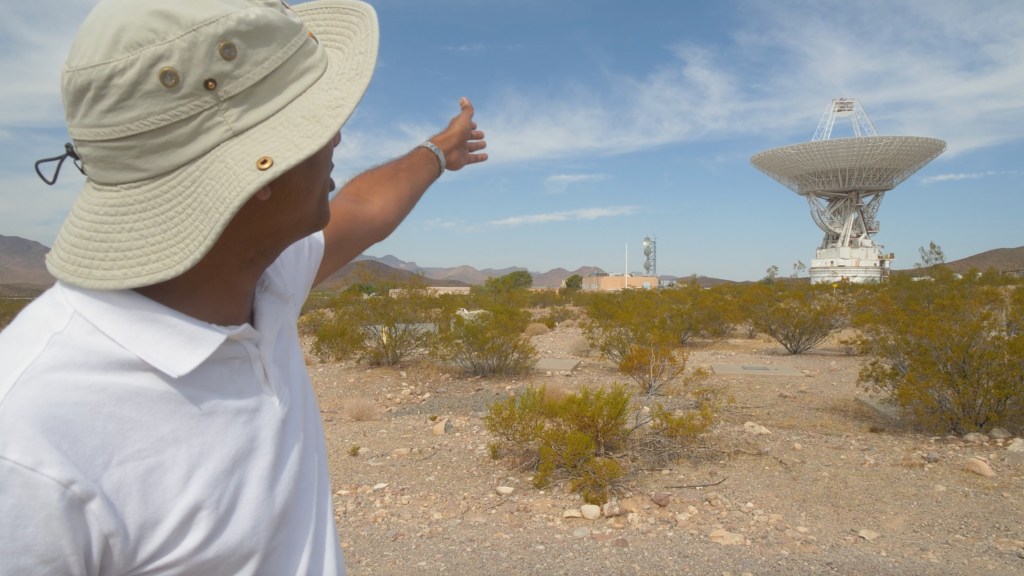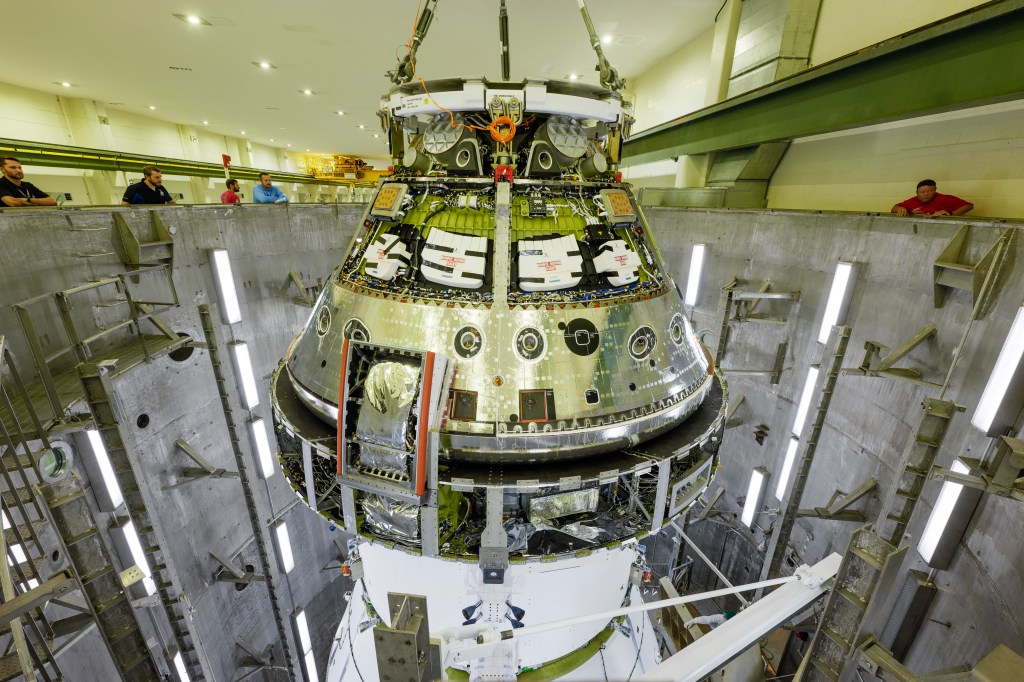Pluto Flyby: Through the Eyes of an Early Career Scientist
Today’s post is from Marcus Piquette, a third-year graduate student in the Astrophysical and Planetary Sciences Department at the University of Colorado, Boulder. Marcus is a part of the Particle and Plasmas Theme Team working on the Student Dust Counter aboard New Horizons.
Hello, I’m a Ph.D. student at the University of Colorado in Boulder; I recently took over as the lead graduate student for the Student Dust Counter (SDC) aboard New Horizons. SDC is an instrument that measures the distribution of dust in our solar system, providing information about the structure and evolution of bodies in the Kuiper Belt.
Being a fifth student generation to work on the instrument, I feel compelled to thank those who have come before me. Dozens of students spanning nearly 15 years came together to design, build, and now operate SDC—providing not only important scientific contributions, but also an unprecedented opportunity for young scientists and engineers to work on an interplanetary space mission. Their work has created a student legacy, led by the instrument’s principal investigator, Dr. Mihály Horányi, which exemplifies hard work and a team driven attitude, an attribute shared throughout the entire New Horizons mission.
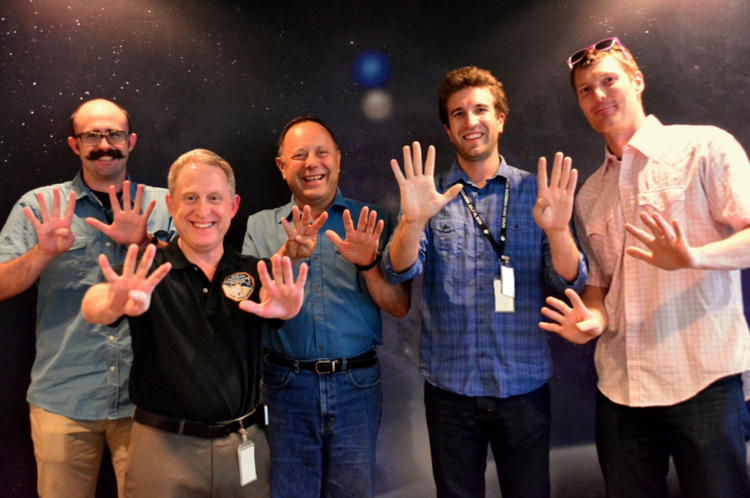
Even though my interaction with the New Horizons team outside SDC has been limited to email or phone calls, I was able to see them in action during the Pluto encounter. In July 2015, I traveled to the Johns Hopkins University Applied Physics Laboratory in Laurel, Maryland to partake in the Pluto flyby events and to share in the momentous achievement. In the moments leading up to the Pluto flyby, I could feel the excitement in the team, the nation and even the world. Family members and friends were constantly asking for updates and information, as New Horizons flew ever closer to Pluto. The world was abuzz with wonder.
Due to a nearly 4 ½-hour light travel time between Earth and Pluto, operations aboard New Horizons including slews, observations, and communication were handled autonomously via a pre-loaded sequence of commands. On the morning of closest approach, starting around 5:30 AM EDT, scientists gathered to view initial images of Pluto showcasing details of the dwarf planet never before seen. As the day marched on, operations aboard New Horizons focused on crucial observations of the Pluto system and did not communicate with Earth until the following day. Unaware of the success or failure of the flyby proved to be stressful. Later that evening, the spacecraft called back to Earth to inform us of its survival and successful observations with a roaring response from the crowd.
That moment of excitement got me thinking about the mission as a whole. Never before had I seen such commitment and dedication over a shared goal. Even if it meant sacrificing holiday time, team members never faltered in their duties—giving everything they have. The flyby of Pluto was a culmination of everything that makes the hard work worth doing. Seeing the successful results is inspirational and provides hope for future exploration. As I venture further into my career, I will always remember my experience on the New Horizons team and what can be accomplished with the right set of goals, people and motivation.
I am thankful for those who came before me on SDC, the entire New Horizons team, and the friends I’ve made along the way.
